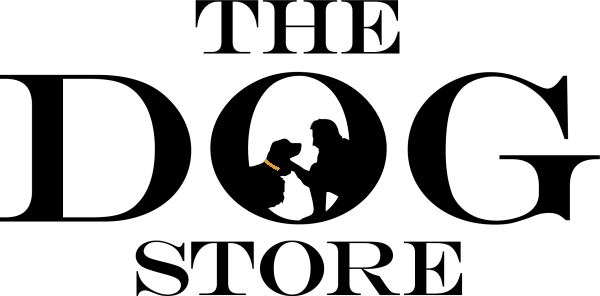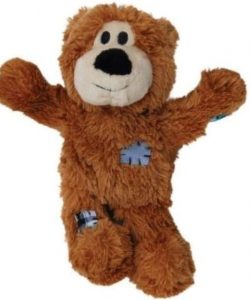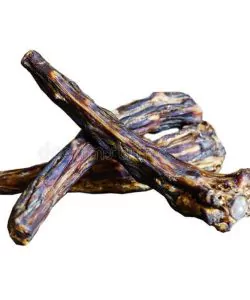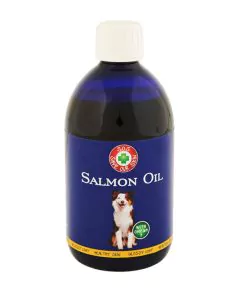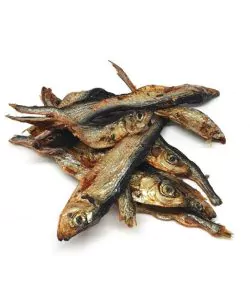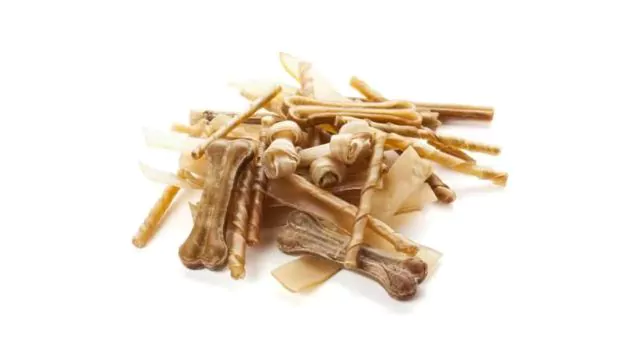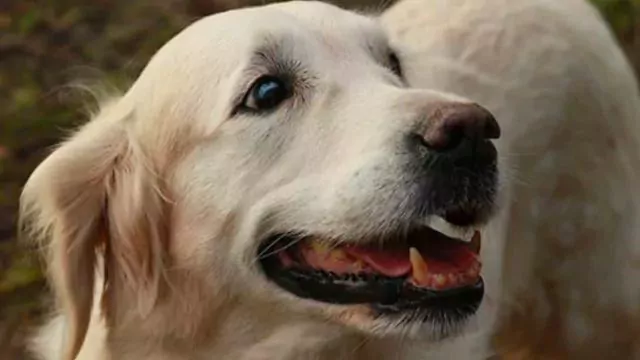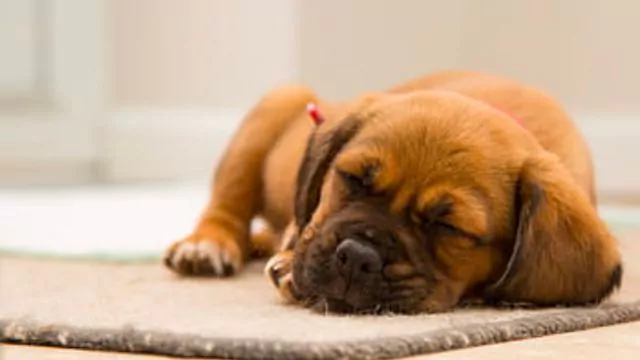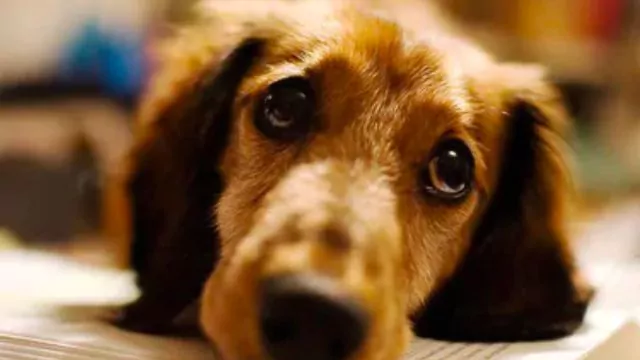Canine Terminology Medical
Information about canine terms and names from Stan Rawlinson Doglistener The Professional dog behaviourist and trainer. Covering London Surrey and Middlesex.
Terminology and Glossary
Action – Movement
Anal Glands – Sacs located on each side of the rectum
Apron – Longer hair on the chest below the neck
Back – Arched over the loins – a level back which then arches over the loins
Level back – height at the withers is the same as height at the loins
Long back – Distance from withers to rump is much longer than height of dog to the withers (e.g. Dachshund)
Roach back – slight arch over the loin
Sloping back – height at withers is greater than height at the loins (e.g. German Shepherd Dog)
Straight back – no dip between withers and loins (e.g. English Toy Terrier)
Wheel back – continuous arch from withers to tail (e.g. Bedlington)
Bay – Cry of a hunting dog, in particular the hound.
Beard – Long hair under jaw and on muzzle
Belton – Coloured hair mingled with white
Bitch – female dog
Blenheim – Particular chestnut and white colour of King Charles and Cavalier King Charles Spaniels
Bi-coloured – Two colours in coat
Blaze – White strip running down the centre of the face
Bowed front – forelegs curving out from elbows then in to wrist (e.g. Pekingese)
Brindle – Fine strips of black hair evenly dispersed on lighter colour on coat
Canines – long, stabbing teeth placed either side of the incisors
Castration – neutering of male dog (removal of testicles)
Cat feet – round, compact feet with well arched and tightly bunched toes. Deeply cushioned, thick skinned pads.
Cobby – a dog which is strong but compact (e.g. Pug)
Couple – two hounds
Crooked front – forelegs inclining inwards and slightly curved (e.g. Basset hound)
Cross breeding – Breeding bitch of one breed with male dog of another breed
Dam – mother dog
Dew Claws – Fifth digits, found on the inside of the leg – often removed from puppies
Dewlap – Loose skin under throat
Dock – amputation of whole or part of the tail
Domino – a reverse facial mask.
Double coat – Weather-resistant outer coat with softer, insulating undercoat.
Ears Bat ears – fully erect, wide, forward facing and broad at base (e.g. Cardigan Corgi)
Blunt tipped ears – Round tipped as opposed to pointed ears (e.g. Chow Chow)
Button ears – Semi erect, folded ears
Candle flame ears – large, wide, erect and pointed ears specific to the English Toy Terrier
Cocked ears – Semi erect, similar to button ears but with just the tip folded
Cropped ears – surgical removal of part of the ear, practiced in the USA but, thankfully, forbidden in the UK
Drop ears – ears which hand down from the junction with the head
Filbert shaped ears – particularly used to describe the unusual shape of the Bedlington Terrier’s ears
Flying ears – ears which stick out from the side of the head
Folded ears – pendant ears which hang in downward folds rather than lying flat (i.e Bloodhound)
Heart shaped ears – (e.g. Pekingese)
High set ears – ears set high to the top of the skull
Hooded ears – small ears with both edges curving forward (e.g. basenji)
Lobe shaped ears – (e.g. cocker spaniel)
Low set ears – ears set low on the skull (e.g. bloodhound)
Prick ears – Stiff, erect ears either with rounded or pointed tips
Rolled ears – long, pendant and folding ears with lower tip and edge curling in
Rose ears – Small, drop ears which fold over and back exposing inside of ear canal
Triangular ears – ears which form an equilateral triangle, pricked or dropped (e.g. Siberian Husky)
Tulip ears – Rose or semi-drop ears which are erect.
V shaped ears – long, triangular ears, usually dropped (e.g. Hungarian Vizla)
Eyes Almond eyes – oval and bluntly pointed at both corners (e.g. Borzoi)
Deep set eyes – (e.g. Chow Chow)
Globular eyes – round and prominant but not bulging in profile
Haw eyes – eyes where the inner of the lower eyelid is visible (e.g. bloodhound)
Obliquely placed eyes – where the outer corners are situated higher than the inner corners (e.g. Bull Terrier)
Oval eyes – (e.g. Dachshund)
Round eyes – circular in shape (e.g. French Bulldog)
Triangular eyes – more angular than oval (e.g. Afghan Hound)
Wall eye – incomplete flecked or spotted melanin markings on a blue iris (often found in merle coated dogs)
Feathering – Long hair on ears and/or body, legs and tail.
Femur – Thigh bone
Flecking – coat ticked with another colour
Floating ribs – unattached thirteenth and last rib
Gait – movement at various speed
Game – Wild animals and birds hunted by dogs
Gestation – period between conception and birth – average 63 days.
Giving tongue – baying of a hound pack
Guard hairs – Longer, thicker hairs which grow through the undercoat.
Gun barrel front – forelegs and pasterns straight, parallel and vertical to the ground
Hare foot – elongated foot
Harlequin – Black on white or blue on white patched or pied coat.
Head – Apple head – skull is rounded and domed (e.g. Chihuahua)
Arched skull – a skull which arches from side to side or sometimes lengthways
Balanced head – the skull and foreface are equal in length (e.g. Gordon Setter)
Brick shaped head – the skull and muzzle are equal in width (e.g. Wire Haired Fox Terrier)
Broad skull – wide between the ears in relation to the length (e.g. Golden Retriever)
Clean head – free from wrinkles and bony or muscled lumps
Cone shaped head – triangular in outline (e.g. dachshund)
Egg shaped head – the head tapers towards the nose (e.g. Bull Terrier)
Flat skull – flat from ear to ear and stop to occiput (e.g. Pointer)
Fox like head – Triangular and elongated head with fine foreface (e.g. Spitz)
Otter head – (e.g. Border Terrier)
Oval skull – gentle, curved contours from ear to ear
Pear shaped head – (e.g. Bedlington Terrier)
Long Head – a long, narrow head which tapers (e.g. Borzoi)
Ram’s head – convex profile (e.g. Bull Terrier and Bedlington Terrier)
Round Head – broad, square or round, short skull
Squared off head – a square muzzle or lip shape (e.g. Pointer)
Wedge shaped head – triangular profile
Heat – Seasonal fertility of bitch
Horseshoe front – straight forelegs wider apart at the chest (e.g. Bedlington Terrier)
Humerus – largest bone in front legs
Incisors – Usually six, top and bottom, front teeth
Lachrymal glands – tear producing glands in inner corner of eye
Landseer – Black & white colouring relating to Newfoundlands
Lion clip – Traditional show clip of poodle and some other breeds.
Mask – Dark shading on face
Merle – Blue-grey colouring often flecked with black.
Molars – Back teeth (two each side in the top jaw and three each side in the bottom jaw)
Mottled – Bi-coloured coat consisting of dark patches on lighter background
Moult – shedding of coat
Muzzle – foreface in front of eyes
Nose – Butterfly nose – broken pigmentation to nose colour
Flared nostrils – wide, open nostrils (Bouvier des Flandres)
Flesh coloured nose – an even but light coloured nose (e.g. Pharaoh Hound)
Liver nose – brown pigment to nose
Pinched nostrils – narrow, closed nostrils (a fault in any breed)
Ram’s Nose – straight and aquiline in profile (e.g. Deerhound)
Roman nose – convex in profile (e.g. Bull Terrier)
Self coloured nose – pigment colour the same as the coat
Winter nose – a normally black nose which in winter takes on a pinkish hue
Occiput – top point or peak of skull
Oval feet – similar to cat feet but with the two centre toes slightly longer.
Pack – number of hounds which run together
Pads – Thick skin on underside of feet
Pedigree – Proven history of dog’s breeding
Pigment – colour of skin
Pips – Spots above the eyes (often referred to as eyebrows) usually found in black & tan breeds.
Plume – long hair hanging from underside of tail
Premolars – teeth between molars and canines
Pure breed – a dog with parentage of same breeds
Ridge – Strip of hair which grows in the opposite direction to the main coat
Roan – Fine mix of white hairs alternating with coloured ones
Runt – Weakest, smallest puppy of litter (often the last born)
Sable – Black-tipped hairs over different colour main coat
Saddle – Coat of different texture or colour over the back
Self coloured – coat of one basic colour
Smooth haired – short, close-lying coat
Socks/stockings – white hair covering feet (socks) or leg (stockings)
Soft mouth – a gentle grip without “teething”
Spayed – neutering of a bitch (uterus & ovaries removed)
Spectacles – lighter, circular colouring around eyes of some breeds
Sternum – Central chest bone
Stop – depression between the eyes
Racy – a dog which is streamlined and elegant in appearance (e.g. Greyhound)
Tail – Bee sting tail – a strong, straight tail which tapers to a point
Bob tail – a dog born without a tail or one which has been docked close to the connection to the body.
Brush tail – long, thick erect hair on tail (e.g. Siberian Husky)
Carrot shaped tail – (e.g. Scottish terrier)
Cocked up tail – raised at right angles (e.g. Cocker spaniel)
Crank tail – the tail is arched out from the root then hangs down and angles out at the end
Curled tail – can be a single or double curl
Docked tail – surgical removal of end of tail (now illegal if not done by a vet)
Flagpole tail – long and carried erect (e.g. Beagle)
Gay tail – carried higher than horizontal
Hook tail – hangs down with an upward curl at the tip
Horizontal tail – (e.g. Bull Terrier)
Kinked tail – a tail with a sharp bend somewhere along it’s length
Low set tail – a tail which begins lower than the topline or from a sloping croup
Otter tail – strong, thick and tapering at tip
Plumed tail – long haired tail carried over the back (e.g. Pomeranian)
Pot hook tail – held over the back in an arc (e.g. Shih Tzu)
Rat tail – sparse or hairless tail (e.g. Irish Water Spaniel)
Ring tail – a long tail, all or part forming a ring
Sabre tail – carried upwards or downwards, it has a gentle curve
Scimitar tail – as the sabre tail but with a more pronounced curve
Screw tail – a short tail with a twist or spiral
Sickle tail – loosely carried over the back
Snap tail – carried over the back with the tip making contact
Squirrel tail – long and sharply angled forward but without making contact with the back
Stumpy tail – short
Sword tail – hanging straight down
Tapering tail – long, shorthaired and tapering at tip
Tufted tail – long or short with a plume or tuft at the end
Whip tail – pointed and carried out stiffly in line with back
Third eyelid – protective membrane at the inner corner of the eye which acts like a windscreen-wiper. Can be seen in sleeping dogs.
Top knot – Long hair on top of head
Tri coloured – Three coat colours together (black, tan & white)
Undercoat – Soft, thick shorter hair concealed by top coat.
Webbed feet – strong webbing between toes often found in breeds which retrieve from water
Wheaten – Fawn to pale yellow colour
Whelps – pups which are unweaned.
Wide front – wider than normal distance of chest between front legs
Wire haired – Crisp, harsh and wiry textured coat.
